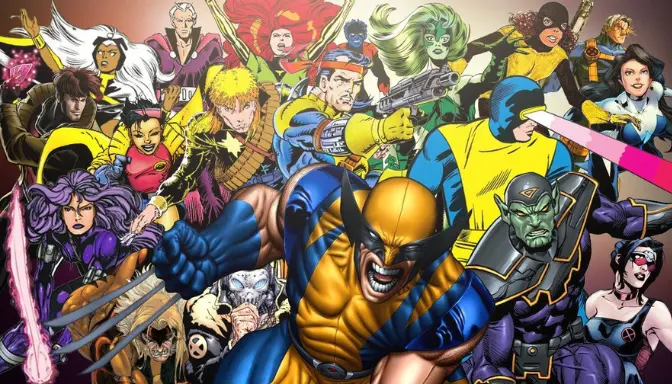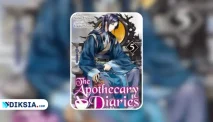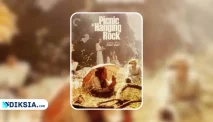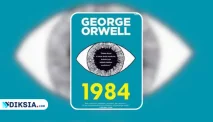The X-Men series was initially not very successful, and was canceled after 66 issues in 1970. However, it was revived in 1975 with a new team of international and diverse mutants, such as Storm, Wolverine, Nightcrawler, and Colossus. This new team was created by writer Len Wein and artist Dave Cockrum, and was further developed by writer Chris Claremont and artist John Byrne. The new X-Men series became one of the most popular and acclaimed comic books of the 1970s and 1980s, and introduced many classic stories and characters, such as the Dark Phoenix Saga, the Days of Future Past, and Kitty Pryde.
The success of the X-Men also led to the creation of several spin-off and related mutant titles, such as The New Mutants, X-Factor, Excalibur, X-Force, and Generation X. These titles expanded the scope and diversity of the mutant concept, and explored different aspects and perspectives of the mutant experience. Some of the themes and issues that mutants dealt with included identity, prejudice, discrimination, oppression, rebellion, family, friendship, love, and destiny.
The Evolution of Mutants in Marvel Comics
Over the years, the concept of mutants in Marvel Comics has undergone several changes and developments, both in terms of the number and nature of mutants, and their role and status in the Marvel Universe. Some of the major events and factors that influenced the evolution of mutants include:
- The Mutant Massacre: In 1986, a group of mutant assassins called the Marauders attacked and slaughtered the Morlocks, a community of outcast and deformed mutants who lived in the sewers of New York. This event marked the beginning of a darker and more violent era for mutants, and also resulted in the death or injury of several X-Men and their allies.
- The Inferno: In 1989, a demonic invasion of New York, orchestrated by the mutant sorceress Madelyne Pryor, the clone of Jean Grey, caused widespread chaos and destruction. This event also revealed the existence of the X-Men and other mutants to the public, and increased the fear and hatred towards them.
- The X-Tinction Agenda: In 1990, the X-Men and their allies were kidnapped and enslaved by the Genoshan government, a fictional African nation that exploited mutants as a source of cheap labor and military power. This event exposed the atrocities and injustices that mutants faced in some parts of the world, and also sparked a rebellion and a revolution among the oppressed mutants.
- The Age of Apocalypse: In 1995, a time-traveling mutant named Legion attempted to kill Magneto in the past, but accidentally killed his own father, Professor X, instead. This created an alternate timeline where Apocalypse, a powerful and ancient mutant, conquered the world and ruled it with an iron fist. In this dystopian reality, mutants were divided into two factions: the loyal followers of Apocalypse, and the resistance led by Magneto. This event showed a possible future where mutants were the dominant and oppressive force, and also highlighted the importance and influence of Professor X and Magneto in the mutant history.
- The House of M: In 2005, the Scarlet Witch, a mutant with reality-warping powers and the daughter of Magneto, suffered a mental breakdown and altered the world into a utopia where mutants were the majority and humans were the minority. However, this illusion was eventually shattered by the combined efforts of the Avengers and the X-Men, and the Scarlet Witch uttered the words “No more mutants”, which depowered most of the mutant population, leaving only a few hundred mutants with their abilities. This event drastically reduced the number and significance of mutants in the Marvel Universe, and also created a sense of desperation and survival among the remaining mutants.
- The Messiah Complex: In 2007, the first mutant birth since the House of M occurred, and the baby girl was named Hope. She was seen as the potential savior or destroyer of the mutant race, and became the target of various factions who wanted to protect or exploit her. This event sparked a series of conflicts and wars among the mutants, and also introduced a new generation of mutant heroes and villains.
- The Avengers vs. X-Men: In 2012, the Phoenix Force, a cosmic entity of immense power and destruction, returned to Earth and sought to possess Hope, who was believed to be its destined host. This caused a clash between the Avengers, who wanted to prevent the Phoenix from reaching Hope, and the X-Men, who wanted to use the Phoenix to restore the mutant race. This event resulted in the death of several prominent characters, such as Professor X and Cyclops, and also reignited the mutant population, as the Phoenix dispersed its energy across the world and activated the X-gene in many dormant mutants.
- The Dawn of X: In 2019, the X-Men and other mutants established a sovereign nation on the living island of Krakoa, and declared themselves as a separate and independent species from humans. They also developed various technologies and medicines that enhanced their powers and extended their lifespans, and offered them to the rest of the world in exchange for diplomatic recognition and immunity. This event marked a radical and revolutionary change in the status and role of mutants in the Marvel Universe, and also created new challenges and opportunities for them.
The Mutants in the Marvel Cinematic Universe
The Marvel Cinematic Universe (MCU) is a media franchise and shared universe that features various films and television shows based on the characters and stories of Marvel Comics. The MCU is one of the most successful and influential franchises in the history of entertainment, and has introduced millions of fans to the Marvel Universe and its heroes and villains.






